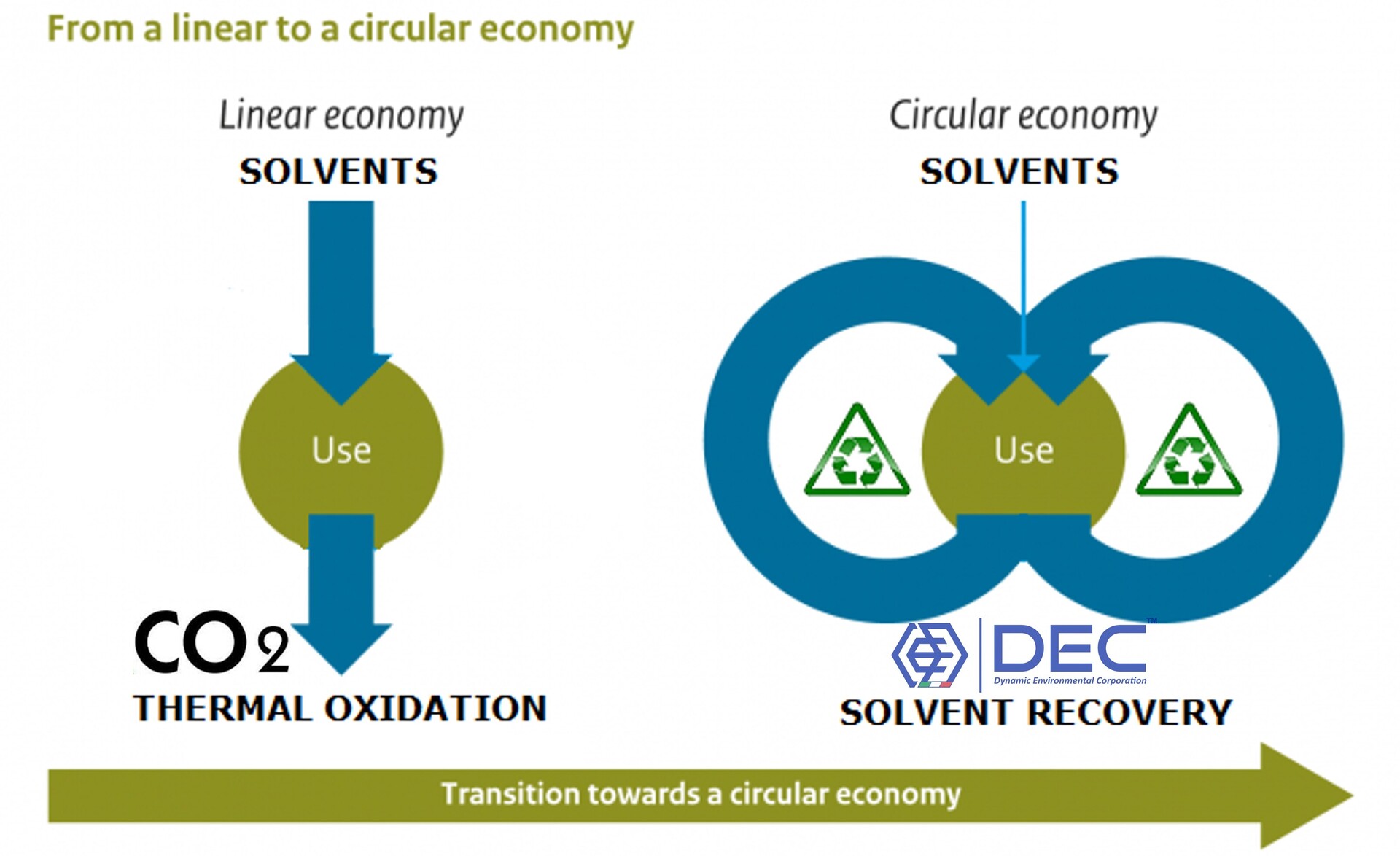
VOC Emission Control Regulations
Regulatory Compliance and Enforcement
Volatile Organic Compounds (VOCs) are a pervasive class of chemicals emitted by a wide range of industrial sources. These invisible vapors, while often seemingly innocuous, pose significant threats to both human health and the environment. From contributing to smog and ozone formation to causing harmful effects on human health, VOCs demand immediate attention and decisive action.
VOCs Volatile Organic Compounds
Volatile Organic Compounds (VOCs) represent a broad and ubiquitous category of chemical substances released into the atmosphere from an extensive array of industrial processes and sources. These compounds, typically present as invisible vapors, may appear benign at first glance; however, their widespread presence belies a profound capacity to adversely impact both ecological systems and public health. VOCs play a critical role in the formation of ground-level ozone and photochemical smog, which degrade air quality and contribute to environmental deterioration. Furthermore, prolonged exposure to these compounds has been linked to a spectrum of detrimental health effects, ranging from respiratory irritation to more severe chronic conditions. Given their pervasive nature and the magnitude of their consequences, VOCs necessitate urgent prioritization, rigorous assessment, and the implementation of decisive, evidence-based strategies to mitigate their emission and reduce their far-reaching impacts.

The regulation of Volatile Organic Compound (VOC) emissions has become a critical imperative across numerous jurisdictions, with many countries imposing stringent, mandatory requirements to curb their release into the atmosphere. These regulations often stipulate precise emission thresholds, measured at the stack of industrial facilities, to ensure compliance and safeguard environmental and public health. Such mandates reflect a growing recognition of the significant role VOCs play in air pollution and their associated risks. This document aims to provide a comprehensive examination of the tailored needs and innovative solutions applicable to VOC emission control across diverse industrial sectors. By addressing the unique operational characteristics, emission profiles, and regulatory obligations of each industry, we will outline targeted strategies and technologies designed to achieve effective VOC mitigation, enhance compliance, and promote sustainable industrial practices.
regulations
🤝 Partner with DEC
Environmental laws are constantly evolving. Partnering with experienced environmental consultants and APC system providers is crucial to designing a compliance strategy that is both legally sound and energy efficient.
At DEC, we understand the critical importance of VOC Emission Control systems: as the leader in the field, we have honed our expertise over the years to offer you the most advanced and efficient technologies available today. Our commitment lies in providing value-driven solutions that not only meet your business requirements but also contribute to a cleaner and greener future.
By harnessing our decades of experience and relentless pursuit of innovation, we have developed a comprehensive range of tailor-made systems for your unique challenges. Our state-of-the-art technologies ensure optimal batement efficiencies, allowing you to maximize your resources, reduce costs, and minimize environmental impact.
Partnering with DEC means unlocking a world of possibilities. Our team of experts is dedicated to understanding your specific needs and delivering customized solutions that align seamlessly with your operations. We believe in building strong, long-lasting relationships with our clients, supporting you every step of the way on your journey towards sustainable success.
Explore our website to discover the transformative power of our VOC Emission Control solutions: witness firsthand how our innovative technologies can help you optimize your production processes, improve efficiency, and achieve significant cost savings. Together, let's pave the way for a brighter, greener future.
Together, we can make a difference.

✉️ contact us
If you are looking for a reliable and efficient Air Pollution Control process, check DEC.APC™ processes, configurations and options to meet the needs of different applications, present and future challenges.
Feel free to contact DEC: we can help you assess your needs and recommend the best Air Pollution Control (APC) technology for your operation.
conclusions
Selecting an industrial VOC Emission Control Technology that is appropriate for your specific needs and that will help you to comply with VOC emission regulations while minimizing the overall environmental impact (as VOCs and GHGs), avoiding any form of greenwashing. You have to consider different factors, including the type of VOCs being emitted (type of solvents used), the size of the facility (quantity of solvents used per year), the area available for the installation and the budget (CAPEX) constraints for the selected VOC abatement system.
